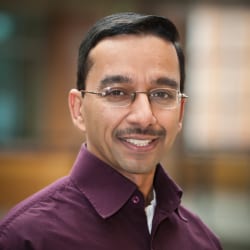
Field-Of-Study: Neuroscience

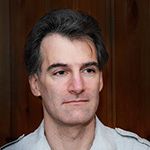
Kenneth Catania
A neuroscientist by training, Ken Catania has spent much of his career investigating the unusual brains and behaviors of specialized animals. These have included star-nosed moles, tentacled snakes, water shrews, alligators, crocodiles, and most recently electric eels. Most of these species are predators that have evolved senses and weapons to find and overcome their elusive
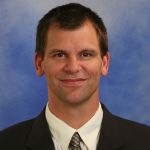
Austin Roorda
Austin Roorda is a Professor of Optometry and Vision Science at the University of California, Berkeley. He received his Ph.D. in vision science and physics from the University of Waterloo, Canada, in 1996. The overarching question that motivates his research is this: How do humans convert the two-dimensional images that land on the retina into
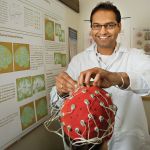
Charan Ranganath
Charan Ranganath is a Professor at the University of California, Davis, Center for Neuroscience and Department of Psychology. Dr. Ranganath studies the neural and functional organization of human memory processes in healthy individuals and in people with memory disorders. His research uses a number of methods, including functional magnetic resonance imaging (fMRI), scalp electroencephalography (EEG),
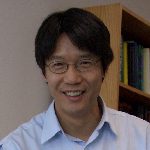
Xiao-Jing Wang
Wang is Professor of Neurobiology, Physics, and Psychology, Director of the Swartz Program in Theoretical Neurobiology, and member of the Kavli Institute for Neuroscience at Yale University. He received his Ph.D. in Physics from the University of Brussels in 1987, when he entered the then-nascent field of Theoretical and Computational Neuroscience. He has held faculty
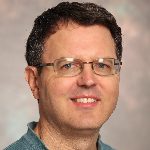
John Carlson
John Carlson received his A.B. degree in biochemistry at Harvard in 1977, and his Ph.D. in biochemistry from Stanford in 1982. For three years he carried out postdoctoral work at Stanford, and for twenty-six years he has been on the faculty at Yale, where he is currently Higgins Professor. His laboratory identified the first insect

Francisco Urbano
My research career grew out of an education in fields ranging from biochemistry/molecular biology to experimental neurophysiology. My varied experience across fields and across different experimental techniques (cell culture, electrophysiology, neuromuscular junction, brain slices, and imaging) has been always motivated by my interests in how the brain as a whole can process and store information

Olaf Sporns
Olaf Sporns was born in Kiel, Germany, in 1963. After pursuing an undergraduate degree in Biochemistry at the University of Tübingen, he received a Ph.D. in neuroscience from Rockefeller University (New York) in 1990. Following his Ph.D., he conducted postdoctoral work at The Neurosciences Institute in New York and San Diego. Currently he is a
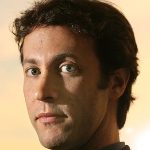
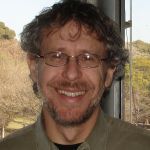
Alejandro F. Schinder
Alejandro Schinder received his M.Sc. in Biology from the University of Buenos Aires (1990), and his Ph.D. from the Department of Biology, University of California, San Diego (1996), where he studied the role of mitochondria in excitotoxic neuronal death. In 1997 he became a postdoc in Mu-ming Poo’s lab at UCSD, where he investigated the
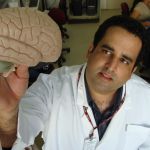
João Ricardo Mendes Oliveira
Dr. João Ricardo Mendes de Oliveira, M.D., Ph.D., was born in 1974, Recife, Brazil. Since 1992, when he was an undergraduate, Dr Oliveira is studying genetic risk factors for several neuropsychiatric conditions such as Alzheimer´s disease, schizophrenia, muscular dystrophies, and mood disorders. He worked at the UCLA, between 2001 and 2004, as a postdoctoral Fellow
Gustavo Murer
An expert in the physiology of the nervous system and the pathophysiology of its disorders, especially basal ganglia–related disorders such as Parkinson’s disease, Gustavo Murer is not only an instructor-lecturer in the Department of Physiology and Biophysics at the University of Buenos Aires’ School of Medicine and the head of its Laboratory of Neuronal Circuitry
Fernando Pitossi
Born in 1963 in Buenos Aires, Fernando Pitossi received a degree in biochemistry from the University of Buenos Aires in 1988. As a student of physiology under the supervision of Dr. Fernandez Willamil, he developed a passion for studying complex systems. One week after graduating, he travelled to Switzerland to study molecular biology at the
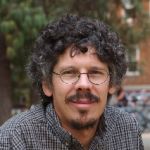
Petr Janata
Petr Janata is a cognitive neuroscientist specializing in studies of auditory and music cognition. He received his Ph.D. in 1996 from the University of Oregon, where he performed electrophysiological studies of auditory object representations in the barn owl brain and musical image formation in the human brain. As a postdoctoral fellow at the University of
Judith S. Eisen
The focus of Judith Eisen’s research is to understand the mechanisms underlying development and function of the vertebrate nervous system. As a postdoctoral fellow with Monte Westerfield at the University of Oregon Institute of Neuroscience, and later as a beginning assistant professor there, Eisen devised methods to label and transplant individual neurons and neural precuror
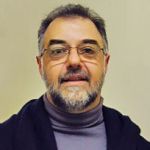
Mario E. Guido
Mario Guido is at present an Associate Professor and Independent Researcher of CONICET at the National University of Córdoba (NUC) in Argentina. He has been recently elected Vice-chair of the Department of Biological Chemistry (October 2008) and Member of the Latin American Regional Committee of the International Brain Research Organization (LARC-IBRO). The main lines of
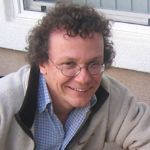
Georg F. Striedter
Georg Striedter is an Associate Professor in the Department of Neurobiology and Behavior at the University of California, Irvine. He also holds an appointment in UC Irvine’s Department of Ecology and Evolutionary Biology and is a fellow of UC Irvine’s Center for the Neurobiology of Learning and Memory. Mr. Striedter has studied the behavior and
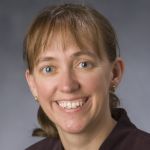
Jennifer M. Groh
Jennifer M. Groh is interested in how the brain processes spatial information from different sensory systems. Much of her research concerns how the brain represents the locations of sounds via patterns of neural activity in the auditory pathway. She has investigated whether the brain uses an “analog” or “digital” code for sound location. In a